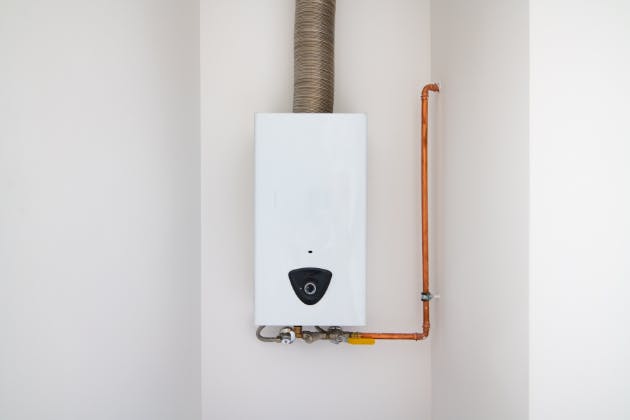A professional boiler installation involves much more than simply swapping an old unit for a new one. Done properly, it ensures your system runs efficiently, safely, and in line with current regulations. In this blog, we break down each key stage of the process, from initial inspection to handover, so you know exactly what to expect and how a qualified heating engineer will manage the job from start to finish.

What to Expect During a Professional Boiler Installation
Initial Assessment
Before any installation begins, a thorough on-site assessment is carried out. This helps determine the right boiler size and setup for your home.
The engineer will:
- Review your property’s heating and hot water demands
- Inspect current pipework, radiators, and controls
- Check flue positioning, gas supply, and electrical connections
- Identify any compatibility or safety issues
This step ensures your new system is correctly sized and configured for maximum performance.
Removal of the Old Boiler
Next, the old boiler is safely disconnected and removed:
- Gas and electric supplies are switched off
- The system is drained
- Flue and pipework are detached
- The unit is removed and properly disposed of
Qualified installers follow safety regulations and often include disposal in their service.
System Flush
Before fitting the new boiler, the system is cleaned to remove debris:
- Power flush: High-pressure cleaning with special chemicals
- Chemical flush: Chemicals circulate over time to break down build-up
A clean system protects your new boiler and helps it run more efficiently from day one.
Installation of the New Boiler
Once the system is prepared, your new boiler is installed. The engineer will:
- Mount the boiler securely
- Modify and connect pipework
- Install a compliant flue system
- Link gas and electrical connections
- Fit smart controls or thermostats if required
All work is done to current building regulations and safety standards.
Connecting to the Heating System
The new boiler is then integrated with your heating setup:
- Water supply and hot outlets are connected
- Wiring for controls and power is secured
- The system is checked for balance and function
Every connection is tested to ensure no leaks or faults.
Testing and Commissioning
Before handover, the engineer tests the full system to ensure safety and performance:
- System is refilled and air is removed from radiators
- Gas flow and pressure are tested
- Safety devices are checked
- Thermostats and controls are calibrated
- Flue gas emissions are measured
Adjustments are made to ensure the boiler runs smoothly and efficiently.
Handover and Support
The final stage is a full handover, including:
- A walkthrough of how to operate the boiler and controls
- Maintenance and servicing guidance
- Registration of the boiler with the manufacturer
- Provision of certificates and paperwork
- Information on available support and warranty cover
This ensures you’re confident using your new boiler and know how to keep it running safely for years to come.
Boiler installation FAQs
Looking for a Reliable Boiler Installer in Sheffield, Doncaster or Rotherham?
At Whittaker Plumbing & Heating, we provide expert boiler installations tailored to your home’s needs. Whether it’s an upgrade or a full replacement, our Gas Safe engineers ensure every step is handled with care and compliance. Call us today on 07772222848 or fill out our contact form to get started.
